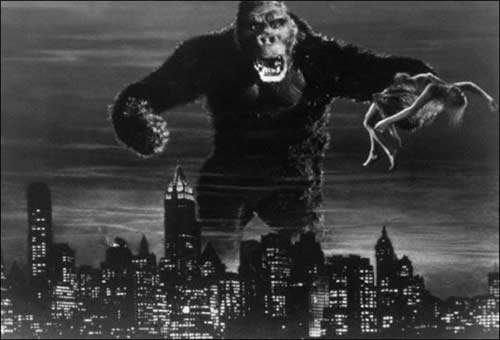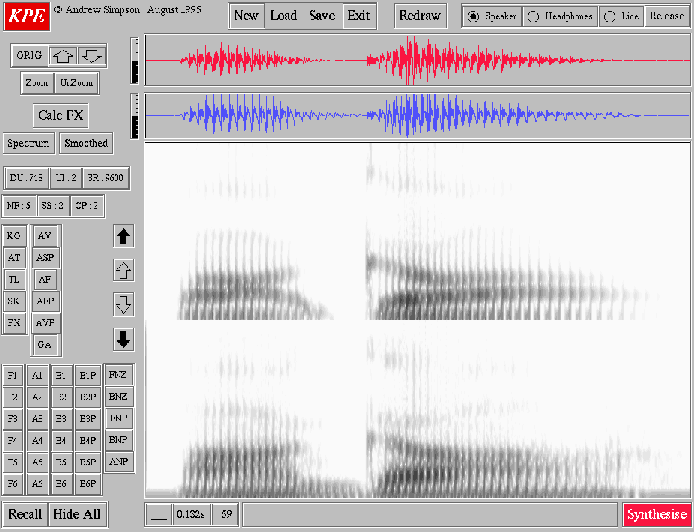Warning: this post will not be light, full of self-deprecating anecdotes or witty commentary on all things monkey. Mea culpa.
Where to begin ...
I think it begins with colonialism - a few hundred years of British rule in Kenya followed by a botched withdrawal and a subsequent 40 years of mismanagement. But that is too far back to go. Perhaps it is at the crossroads between foreign aid and entrenched government corruption. Maybe it is Bono's fault. I'm not sure, and I doubt even the political scientists or cultural anthropologists could make sense of it. But, here's the story and why it has put me in a mood (I'll try to be brief).
1. Someone came up with a foreign aid plan. Someone else agreed that this was a good plan and some money began trickling into Kenya (some say not enough, some say too much without enough oversight).
2. Someone else came up with the Kenyan Development Plan. This plan outlines the goals for bringing Kenya, still primarily rural and agricultural despite considerable cities, technology, and infrastructure, into the 21st century (or at least the latter half of the 20th).
3. ONE of these goals is power (electricity) to every home in Kenya. Now, as someone who certainly enjoys, nay, depends upon electricity back home, I can hardly fault this as a goal. However, I think some things like clean water and dependable roads are a much higher priority. But no one has consulted me.
4. Because the government here is subject to certain quirks, and agencies rarely suffer under the same degree of oversight we have grown to depend on back home, this goal has had some peculiar manifestations. Rather than push first for specific townships to be electrified in a logical order, each government agency (and there are zillions) has scrambled to demand that their obscure and remote outposts get powered. This goes nicely with the government's ownership of Kenya Power and Light, who gets all the contracts.
5. So, why do I care about all this? Well, the Kenya Forest Department is one such government agency and Kakamega Forest is one such obscure and remote outpost. The forester here was gleeful at the prospect of getting power to his office, his house, and one other building here at the forest station. He was also gleeful at the prospect of selling the cleared timber to a salivating timber company that is not allowed to get into some areas of national forest. However, he kept plans to himself and the last 10 days has been a savage horror of chainsaws. I hear pictures are worth a thousand words, and I certainly haven't the words for it so...
Before:

After:

This was "necessary" to bring power lines in from the main road, several kilometers out. Some of us read a lot about deforestation. We know it happens and that it is happening at an alarming rate. Some of us understand habitat fragmentation, such that even with a small habitat lost, if it bisects a system that system can be irrevocably altered (i.e. connectivity is lost, species cannot migrate, edge effects cause the forest to dwindle, etc.).
How different it is, however, when we watch it happen to something we have grown to know and care about. It occurs to me how little we notice things like this in the west. The houses we live in, the roads we drive on, the power line charging the computers you are currently sitting in front of, were all once some pristine piece of natural ecosystem. I doubt many of us would want to give up these things that have allowed us to have such advanced, safe, and productive lives. And I should not fault others for wanting a taste of it for themselves.
But when you watch 100 year old trees fall, when you hear the alarm calls of monkeys and birds who find their territories suddenly halved, it makes you think. I am thinking. I have no right answer.




 I think one of the forest rangers lives here, but all I ever see is his rather ill-tempered cow. We have agreed to ignore one another.
I think one of the forest rangers lives here, but all I ever see is his rather ill-tempered cow. We have agreed to ignore one another. Mostly because, seriously, that's some cute business.
Mostly because, seriously, that's some cute business. Mostly just because, well, it's not a monkey.
Mostly just because, well, it's not a monkey. This is certainly the first (and most likely the last) any of you will see of me with facial hair. It is not a gift I have, and I do not pretend that it is anything less than disturbing. However, in the interest of full disclosure I felt compelled to include it here.
This is certainly the first (and most likely the last) any of you will see of me with facial hair. It is not a gift I have, and I do not pretend that it is anything less than disturbing. However, in the interest of full disclosure I felt compelled to include it here.
 After:
After:




